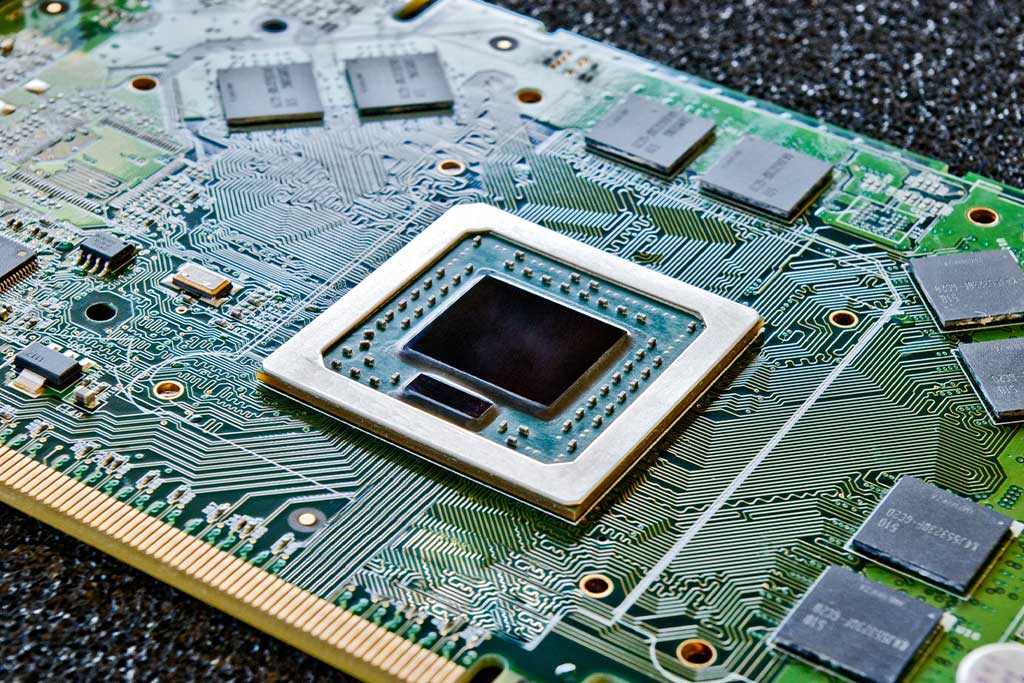X16 Lane Graphics Slot
The PCI expansion slot was introduced by Intel, but can be found in both PC's and Macs. It displaced previous computer buses (VESA Local Bus and ISA). PCI was then succeeded by the PCI-E or (PCI Express slot), but PCI is still found in most computers because many expansion devices don't need PCI-E capabilities.
Even though the theoretical data transfer limits of 8 and 16 lane slots are vastly different 2, there is currently no consumer card on the market capable of saturating the bandwidth of a PCIe 3.0 x16 slot. While the amount of data being “crunched” by a high-end video card is often above that limit, the majority of calculations related to. PCIE1 (PCIe 4.0 x16 slot) is used for PCI Express x16 lane width graphics cards. PCIE2 (PCIe 4.0 x1 slot) is used for PCI Express x1 lane width cards. PCIE3 (PCIe 4.0 x16 slot) is used for PCI Express x4 lane width graphics cards. PCIE4 (PCIe 4.0 x1 slot) is used for PCI Express x1 lane width cards.
It is also possible to get a PCI card that had more PCI expansion slots on it. This would be helpful for a computer that did not have enough PCI expansion slots for further expansions, although most computers would have an ample amount of slots.
When choosing a computer case, it is a good idea to choose a case that will allow for a bigger enough case so as to have a suitable amount of PCI expansion slots. This can be very useful if you want to add some cards later, such as a wireless card, or some more USB slots, or a TV tuner?

PCI Express (Peripheral Component Interconnect Express), officially abbreviated as PCIe, is a high-speed serialcomputerexpansion bus standard designed to replace the older PCI, PCI-X, and AGP bus standards. PCIe has numerous improvements over the older standards, including higher maximum system bus throughput, lower I/O pin count and smaller physical footprint, better performance scaling for bus devices, a more detailed error detection and reporting mechanism (Advanced Error Reporting, AER[1]), and native hot-plug functionality. More recent revisions of the PCIe standard provide hardware support for I/O virtualization.

Pcie Lane

PCI EXPRESS X 16
PCI Express x16 (graphics): PCI Express x16 slots are used mostly for graphics cards, though they can be used with any PCI Express card. Confusion may arise, however, because not all PCIe x16 slots are true PCIe x16. Occasionaly, you'll see PCIe x16 connectors that are physical slots for accommodating graphics cards, but are actually eight-lane (x8) or even four-lane (x4) electrically.
On some boards, even slots that support true 16-lane PCI Express for graphics may revert to eight lanes if you install a second graphics card into a second PCIe x16 slot on the motherboard. The P67 chipset, for instance, has only 16 total PCIe lanes for graphics. So if you drop in two graphics cards to run in dual GPU mode, each card will have just eight lanes available to it. This situation isn't as bad as it sounds, though, since even eight lanes in a PCIe 2.0- or 3.0-based system delivers plenty of bandwidth for most games
Pcie Link Speed Gpu
